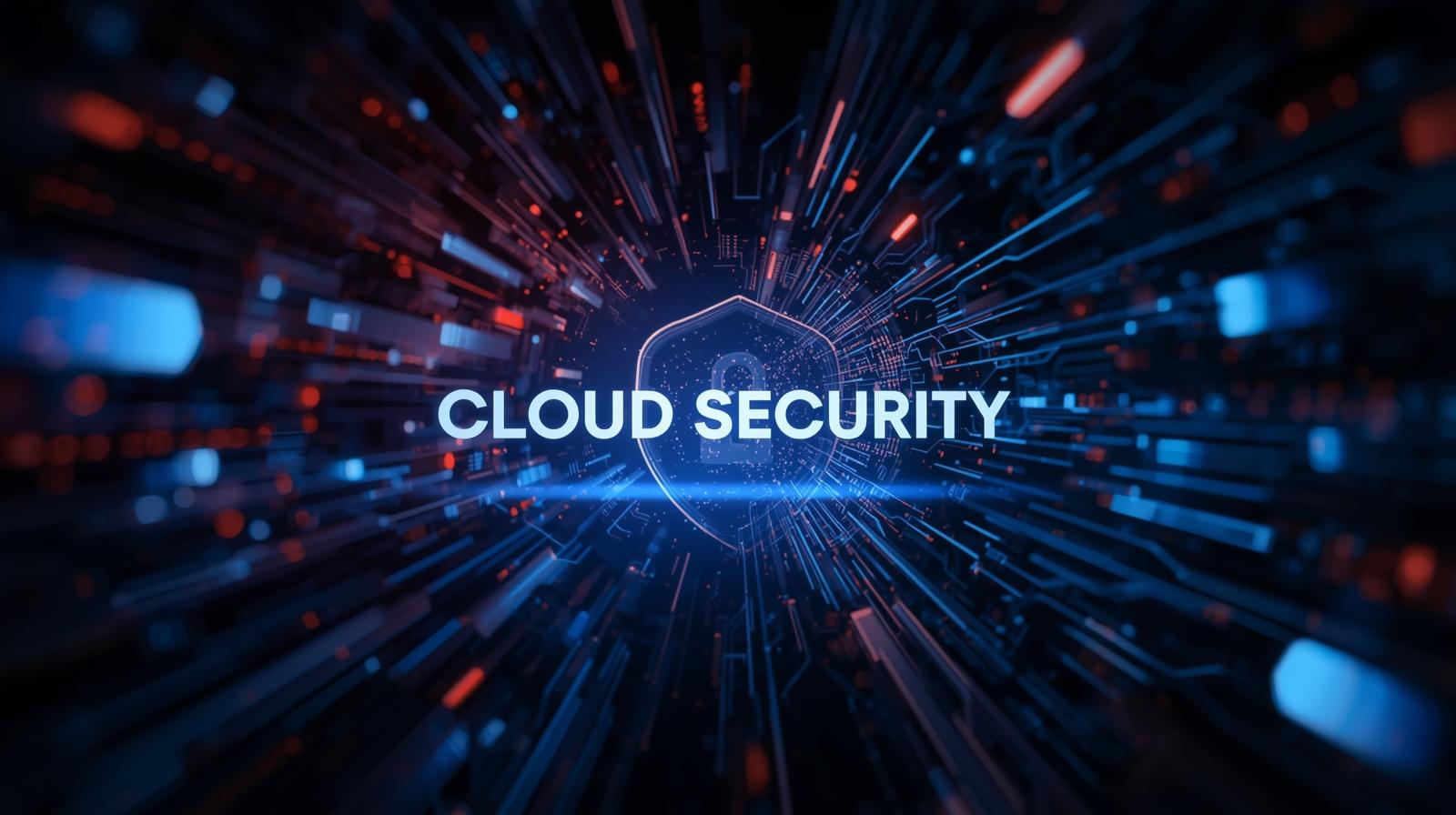Cloud & Security
Complete Guide to Cloud Security in 2025

Cloud adoption has become the foundation of modern digital transformation. Organizations across sectors rely on cloud platforms for agility, scalability, and cost savings. Yet as workloads shift to the cloud, attackers evolve just as fast. Misconfigurations, weak identity controls, and overlooked compliance gaps remain top causes of breaches.
This guide provides a practical roadmap to cloud security in 2025. You’ll learn about the threat landscape, the shared responsibility model, and effective defense strategies across identity, network, and data layers. The goal is simple: help you protect cloud applications and data without slowing down innovation.
The State of Cloud Security in 2025
The attack surface continues to expand with multicloud, SaaS, and edge computing adoption. Threat actors now leverage AI to find misconfigurations and craft highly targeted phishing campaigns. Compliance requirements like GDPR, HIPAA, and India’s DPDP Act add strict data handling rules. Security talent shortages make automation and managed services more important than ever.
The Shared Responsibility Model
A common mistake is assuming the cloud provider secures everything. Providers secure the infrastructure—hardware, networking, and data centers—but customers are responsible for applications, identity, and data. For example, AWS secures S3 service itself, but you must secure your own S3 bucket permissions.
Core Principles of Cloud Security
Zero Trust Architecture means never trust, always verify. Every user and system must continuously prove identity and authorization. Least-privilege access and micro-segmentation prevent attackers from moving laterally inside your cloud environment.
Strong Identity and Access Management (IAM) is crucial. Apply multi-factor authentication (MFA) for all privileged accounts, use role-based access instead of static credentials, and rotate secrets regularly. Automating IAM audits helps detect risky permissions.
Encryption is essential. Protect data in transit with TLS 1.3 and at rest using cloud-native key management services. For sensitive workloads, manage your own keys to comply with data sovereignty regulations.
Network security requires segmenting workloads, using private subnets, and applying web application firewalls (WAFs). Protect against DDoS attacks and secure service-to-service traffic with service meshes.
Monitoring and threat detection are critical. Enable continuous logging, apply machine learning–driven anomaly detection, and integrate with SIEM/SOAR platforms for automated alerting and response.
Practical Security Controls
Identity Layer: Adopt passwordless authentication using FIDO2 keys or biometrics. Provide just-in-time (JIT) access for administrators. Regular IAM audits prevent permission creep.
Network Layer: Use private endpoints for sensitive workloads and enforce geo-fencing. Service meshes encrypt internal traffic and enforce policies.
Data Layer: Tokenize or anonymize sensitive data. Apply data loss prevention (DLP) policies, and maintain secure backups with tested recovery workflows.
Cloud Security Tools to Know
Notable tools include AWS Security Hub for centralized posture management, Azure Defender for threat protection, GCP Security Command Center for risk and compliance, Cloudflare Zero Trust for secure access, and HashiCorp Vault for secrets management.
Common Cloud Security Mistakes and Fixes
- Exposed storage buckets → Make them private, enforce encryption, and apply IAM policies.
- Over-permissive IAM roles → Apply least privilege, enforce MFA, and audit quarterly.
- Unpatched workloads → Automate patching with cloud update management tools.
- Lack of monitoring → Enable centralized logging and anomaly detection.
Compliance and Governance
Data sovereignty laws require hosting workloads in specific regions. Industries like finance and healthcare must comply with PCI DSS or HIPAA. AI governance frameworks are emerging to ensure models are deployed ethically and securely. Automating compliance audits with CSPM tools helps avoid fines.
Building a Cloud Security Culture
Technology alone cannot secure the cloud. Developers should adopt DevSecOps practices, and teams must run tabletop exercises for incident response. Reward proactive security behaviors across teams.
Conclusion
Cloud security in 2025 combines strategy, technology, and culture. By embracing Zero Trust, securing identities, encrypting data, and continuously monitoring, organizations can stay ahead of evolving threats. Security is not a one-time setup—it is an ongoing journey where prevention, detection, and response work together.